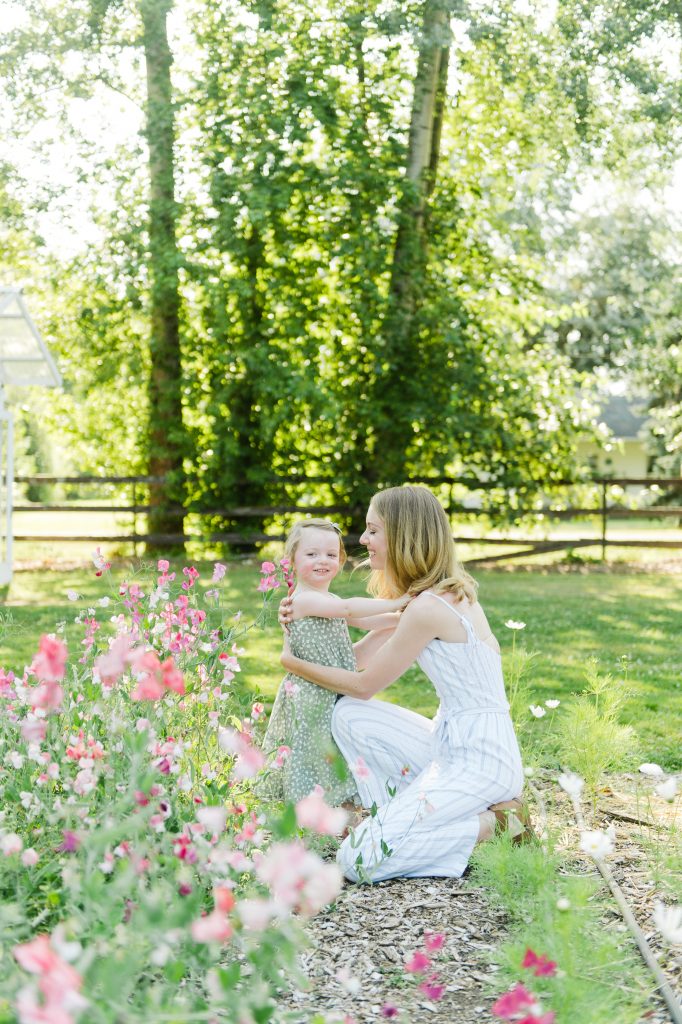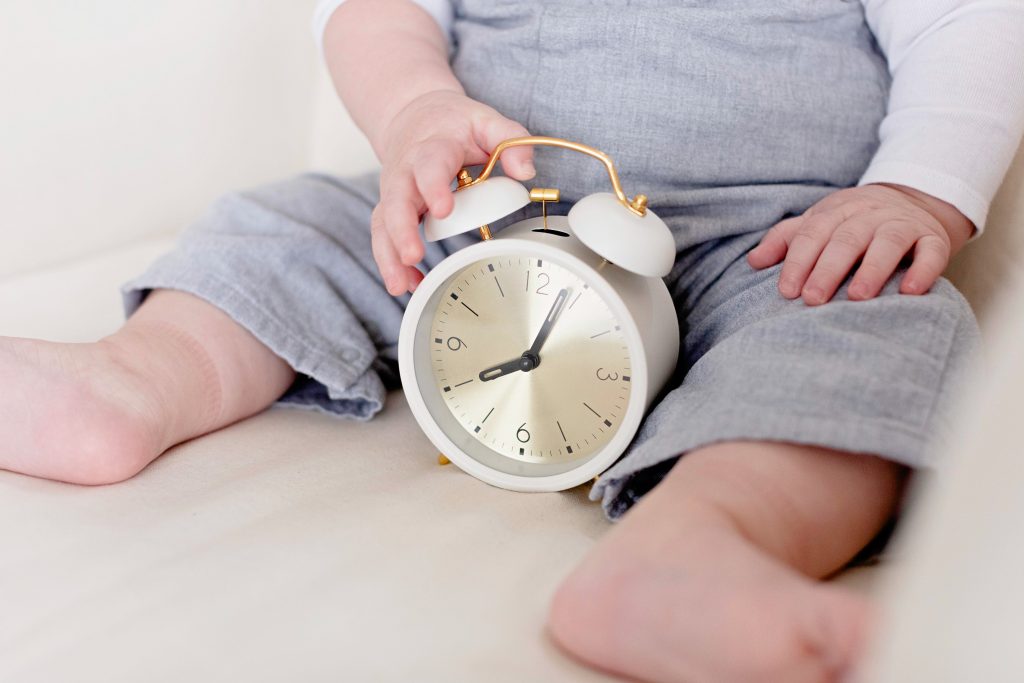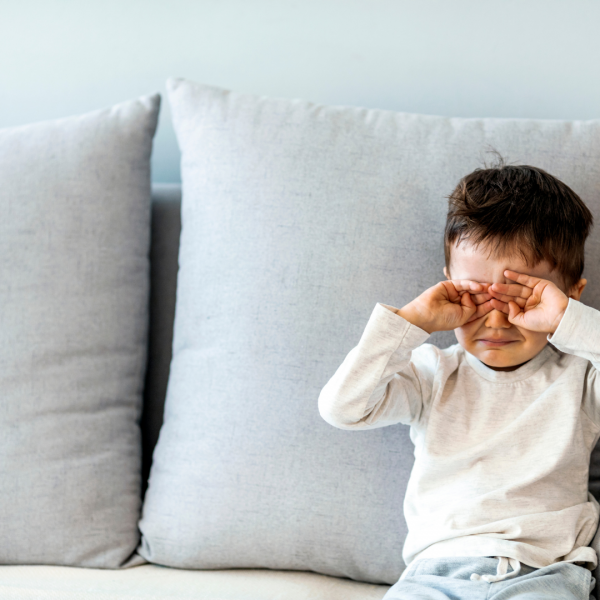


Springtime is such a glorious time of year when the flowers start to bloom (even when the temperature still feels quite a bit like winter) and the days start to get longer. Back in December when it was getting dark around 4 pm was. NOT. fun! Spring forward daylight savings time this year is Sunday, March 9, 2025.
Some parents enjoy a slightly later bedtime for a bit so you can enjoy some park time after work or have a picnic dinner. The key is that if you allow your child to keep this later schedule then you have to still allow them to get the overnight sleep they need for their age (unsure check here).
When it comes to daylight savings you have a few sleep schedule options:
- You can do a cold turkey option which just means slowly adjusting after the time change (a little harder on the body especially during this spring time change switch from standard time to DST, but absolutely can be done and most people have do it this way since schools and daycares will stay the same) and splitting the difference to adjust naps and bedtime by 30 minutes. Example: Normal nap at 12, adjustment would be 12:30 pm for 3-4 days and bedtime that is normally at 7 pm would be at 7:30 pm for 3-4 days and then jump back to your normal schedule!
- If you love your child’s current schedule then you can prepare about 1 week before (which is the smoothest on our body, especially with spring time change)
- You can allow your child’s bedtime to be a little later and wake time a little later. In general this usually only works for a few weeks or so though until your internal body clock based on sunlight tends to take over. If you do want this I highly recommend some good blackout shades especially as you reach summer, check some of my favorites out here .
In general, for the least sleep disruption, I recommend option 2 which is shifting the clock earlier every day for a week to keep your little one on a schedule. See my chart below on how to do this:

Circadian rhythm AKA body clock
The development of the circadian rhythm does not fully occur by birth, but rather the pineal gland (the one that releases the hormone melatonin) is still developing until about 1-2 years of age. Thankfully it really starts kicking into gear by about 2-4 months with starting to produce and secrete melatonin (this tells baby they should get sleepy in the evening). (Yates J., 2018)
Our internal body clock is the suprachiasmatic nucleus (SCN). It is the central pacemaker of the circadian timing system and regulates most circadian rhythms in the body (Ma MA, Morrison EH, 2023). External cues such as light and food intake affect our SCN a lot which is why if we want to adjust our body clock we have to look at when we expose our body to light and food. More on controlling for darkness and light in my window treatment blog here!
Current early risers
Now what used to be a 5:30 am wake time will change to a 6:30 am wake time! Overall this is a good thing except that if your child is having early morning awakenings currently (earlier than 6 am) then the time change alone is not going to be your savior. Don’t worry I have your back!

I made my early morning awakenings ebook for children 6 months through 5 years to solve early wakings. The sunrise is nice and all, but if your little one is waking with or before the sunrise then THIS EBOOK IS FOR YOU!
You’ll get every strategy I would use in 5 step by step lessons on the main causes of early morning wakeups!
Don’t be afraid of the time change! If you have a good sleeper then they will possibly have a rocky day/night or two, but then get back to those good sleep habits they have developed. If you need help with those sleep habits I’m only a call away. Book a free 15-minute discovery call with me here
Until next time……

References:
Ma MA, Morrison EH. Neuroanatomy, Nucleus Suprachiasmatic. [Updated 2023 Jul 24]. In: StatPearls [Internet]. Treasure Island (FL): StatPearls Publishing; 2024 Jan-. Available from: https://www.ncbi.nlm.nih.gov/books/NBK546664/
Yates J. The long-term effects of light exposure on establishment of newborn circadian rhythm. J Clin Sleep Med. 2018;14(10):1829–1830


